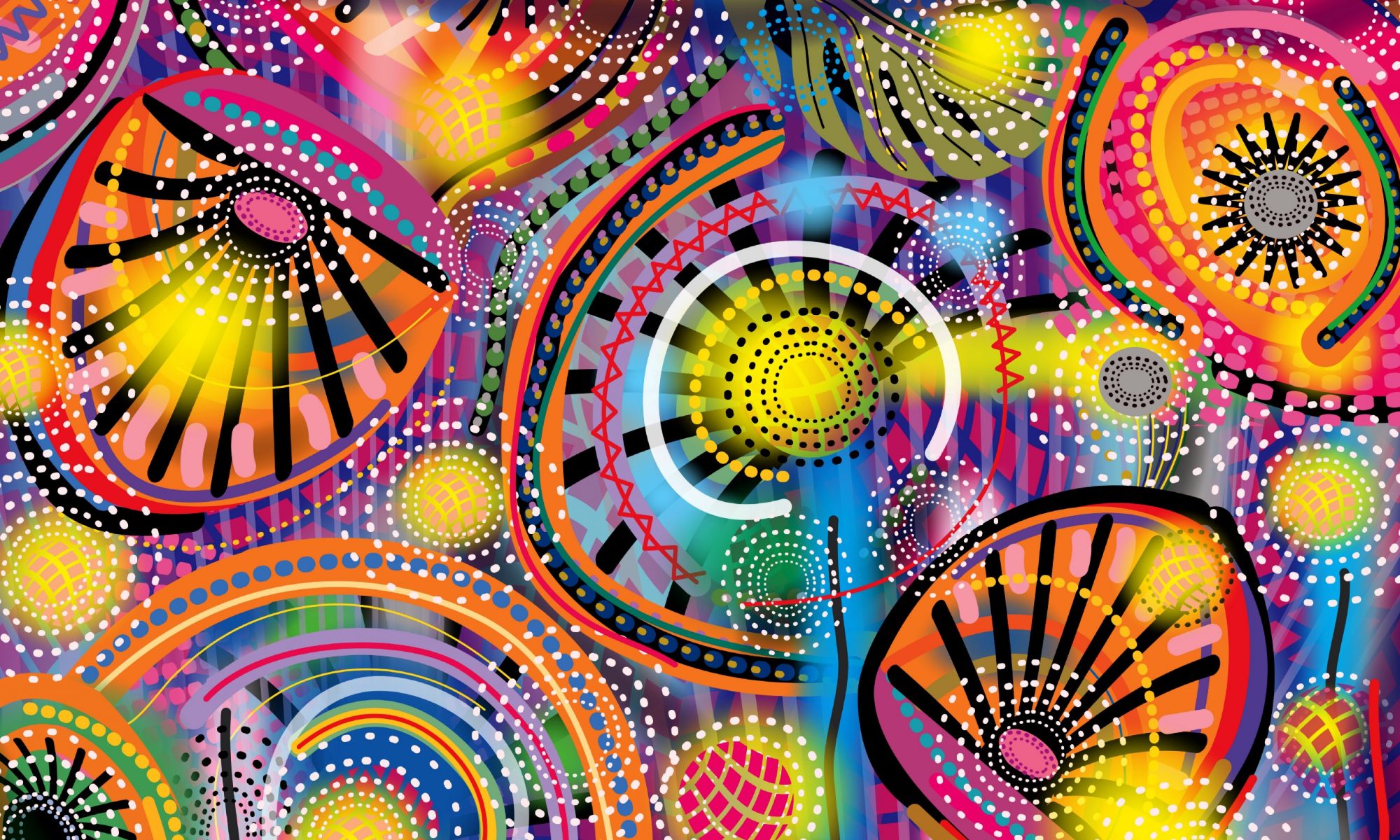“he past couple of months have seen some of Wall Street’s top cannabis stocks fall from grace. Perhaps the first company to come to mind is Canopy Growth, the world’s biggest pot stock by market cap, which saw its shares decline substantially when it reported a surprising $1 billion financial loss in its recent quarterly results. Investors quickly began to fear that other well-established cannabis stocks could witness a similar decline in the weeks to come.
That’s exactly what has happened with Aurora Cannabis. In its recent financial results, the company not only failed to see a profit once again but also warned investors that it likely won’t be profitable until 2020, which was a major disappointment to analysts and investors alike.
Looking at the financials
Despite selling more cannabis in Canada than its rival Canopy did during the quarter and growing its revenues by 52% from the previous quarter, Aurora Cannabis ended up embarrassing itself when its revenue figures still missed its own unaudited guidance it had released just a month prior. The company sold $43 million worth of cannabis in the adult market compared to the $30 million reported last quarter. However, Aurora Cannabis wasn’t able to sell all of this pot through direct distribution channels, instead of having to dump $20 million worth of marijuana into the wholesale market at a lower margin. Overall, earnings came in at a loss of $11 million for the quarter.
Analyst opinions
Aurora Cannabis used to be one of Wall Street’s favorite marijuana stocks, with Cowen & Co. analyst Vivien Azer singling the company out as her top sector pick earlier in 2019. Now that the stock has fallen by 50.4% since reaching its 2019 high point in mid-March, financial experts are starting to change their tune.
Another major sell-off came last week when Stifel Nicolaus analyst Andrew Carter issued a sell rating for Aurora Cannabis just months after he started covering the company. Assigning a new price target of just 5 Canadian dollars, or 30% lower than its current price, Carter argued that this recent financial disappointment will be the beginning of a larger, much more worrying trend. Eventually, he expects Aurora will need to return to the capital markets in order to drum up more financing.
Read more at The Motley Fool




















